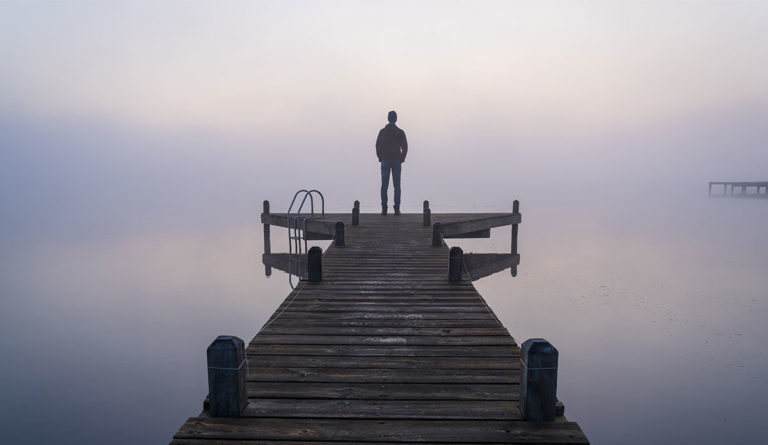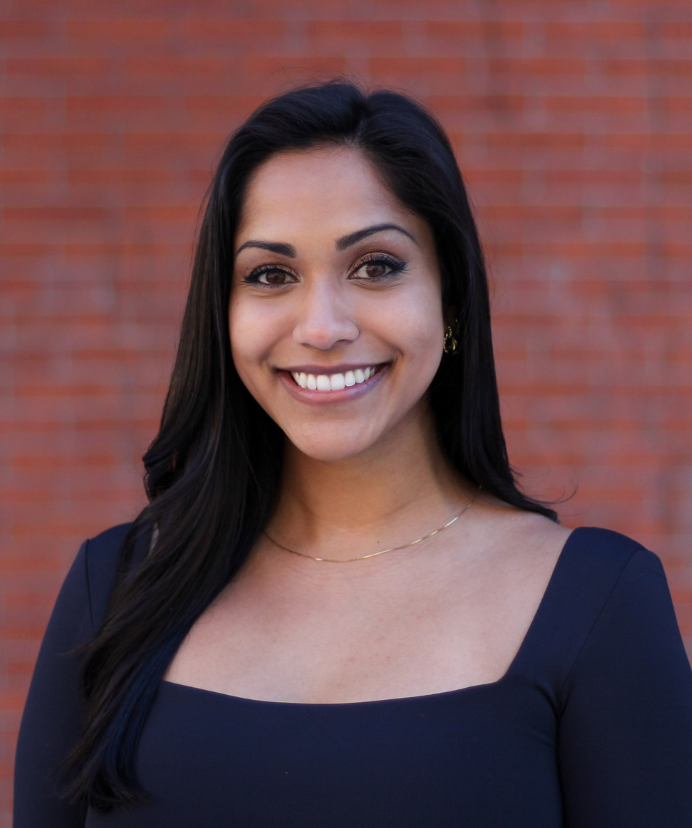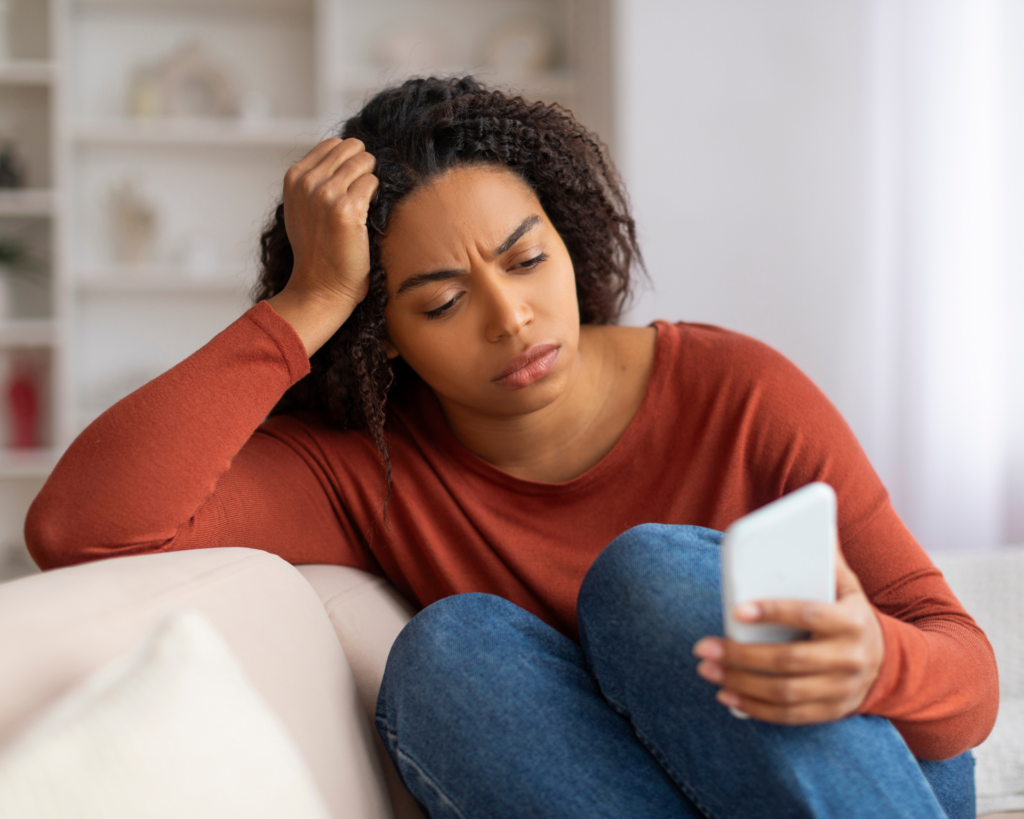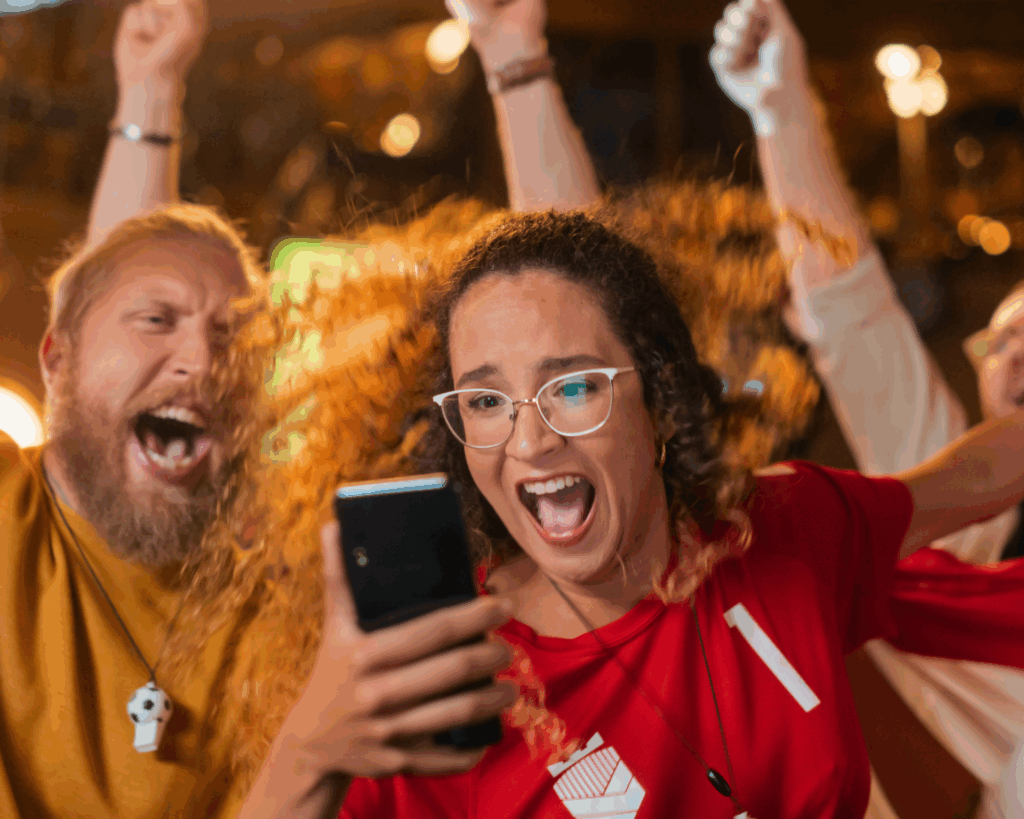Life After Loss
The pandemic has underscored disenfranchised grief, or grief that is not “openly acknowledged, socially validated, or publicly mourned.”

Read Time: 4 minutes
Published:
In her book A Year of Magical Thinking, Joan Didion writes, “Grief, when it comes, is nothing like we expect it to be . . . Grief has no distance. Grief comes in waves, paroxysms, sudden apprehensions that weaken the knees and blind the eyes and obliterate the dailiness of life.” Didion captures the magnitude of grief in a phrase: “A single person is missing for you, and the whole world is empty.” Covid-19 has claimed close to eight million lives across the globe and more than 700,000 within the US. It has highlighted different kinds of grief that we as a society have experienced.
Covid-19’s waves have created profound and multiple losses, of a person, a job, or a home, creating great risk for prolonged grief disorder which can have devastating effects on cognitive and emotional health. When people lose their loved ones, they lose intimacy and companionship. People who have lost a loved one from Covid-19 report a clinically higher level of grief, which can impair social functioning and job performance.
The pandemic has underscored disenfranchised grief, or grief that is not “openly acknowledged, socially validated, or publicly mourned.” Disenfranchised grief can occur when families are denied a sense of closure because they are unable to grieve with traditional funeral practices due to social distancing measures; this apartness at the time of death can initiate feelings of neglect or dehumanization of the person they are grieving. In addition, Covid deaths have been incessantly reported in the media, which can lead family members to feel that their loved ones were simply another statistic, and their passing undervalued. This lack of personal acknowledgment, validation, and social support can diminish healthy emotional processing for the bereaved.
However, disenfranchised grief has long burdened those in marginalized communities who have lost loved ones due to violence. A study lead by David Baker observed bereaved families who had lost a family member due to police violence. During their interviews, they found that families felt there was blame placed on the victims for their death, which made families feel that their grief was not legitimized by society.
“Grief, when it comes, is nothing like we expect it to be . . . Grief has no distance. Grief comes in waves, paroxysms, sudden apprehensions that weaken the knees and blind the eyes and obliterate the dailiness of life.”
Another study by Pabon et al. found disenfranchised grief among Black urban youth who had lost a peer to homicide. Since Black youth in urban areas are disproportionately exposed to such violence, Black youth felt that their trauma was dismissed because of the “common nature” of such tragic events. Black youth also believed that they weren’t given proper support from counseling services in their school to grieve. Schools, law enforcement, and local media were cited as mesosystems that propagated the erasure of their trauma.
Health professionals have responded to pandemic grief by constructing a “pandemic grief scale” to better screen for instances where patients cannot function regularly in their daily lives. Mental health professionals provide services and conversations which help grievers reconnect to themselves beyond the facts of grief and to the world. Developing resilience, increasing social support, and engaging in self-care, can empower people during the grieving process.
Joan Didion’s words demonstrate that grief is expected, and necessary. “We are imperfect mortal beings, aware of that mortality even as we push it away, failed by our very complication, so wired that when we mourn our losses we also mourn, for better or for worse, ourselves. As we were. As we are no longer. As we will one day not be at all.”
We should take time to grieve. In the emptiness of loss, we need to find space to heal.
Photo via Getty Images



